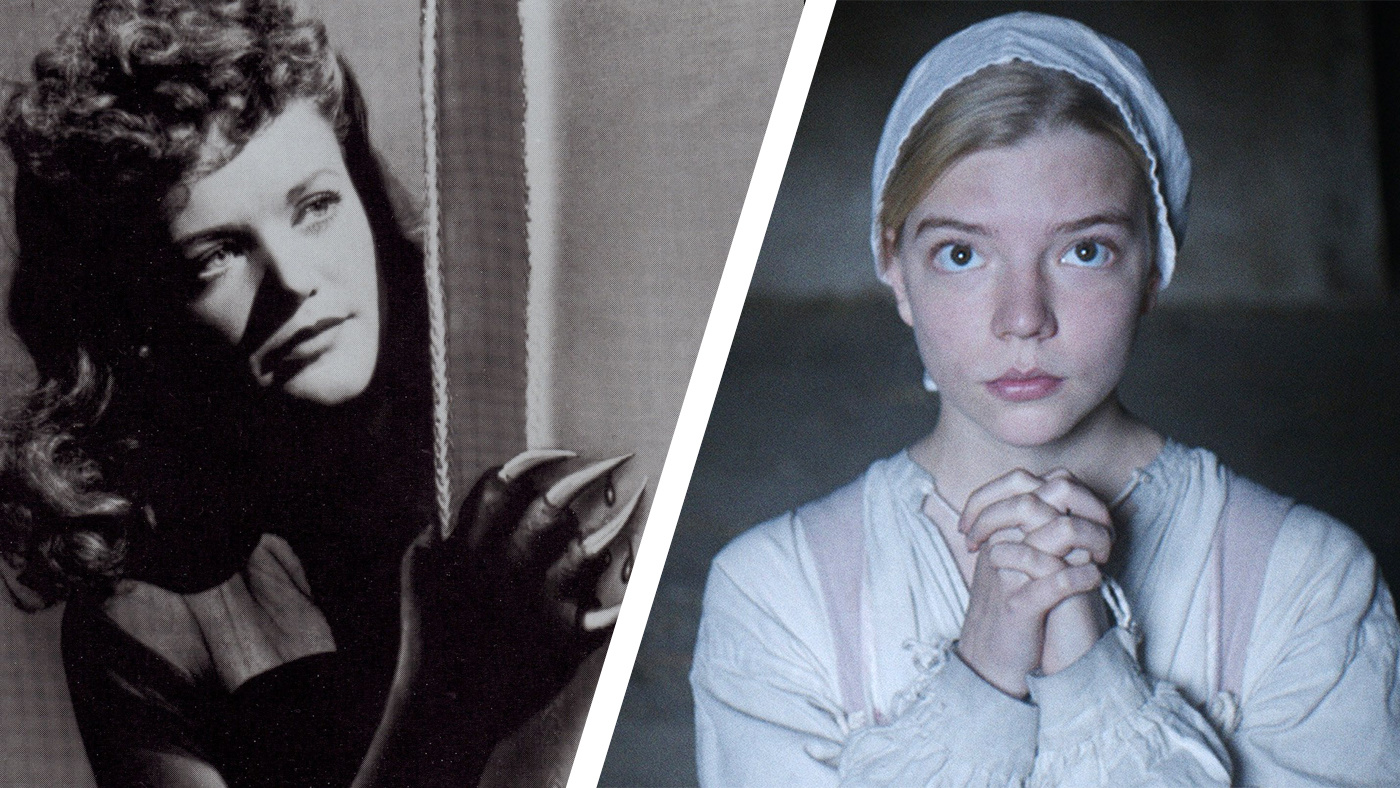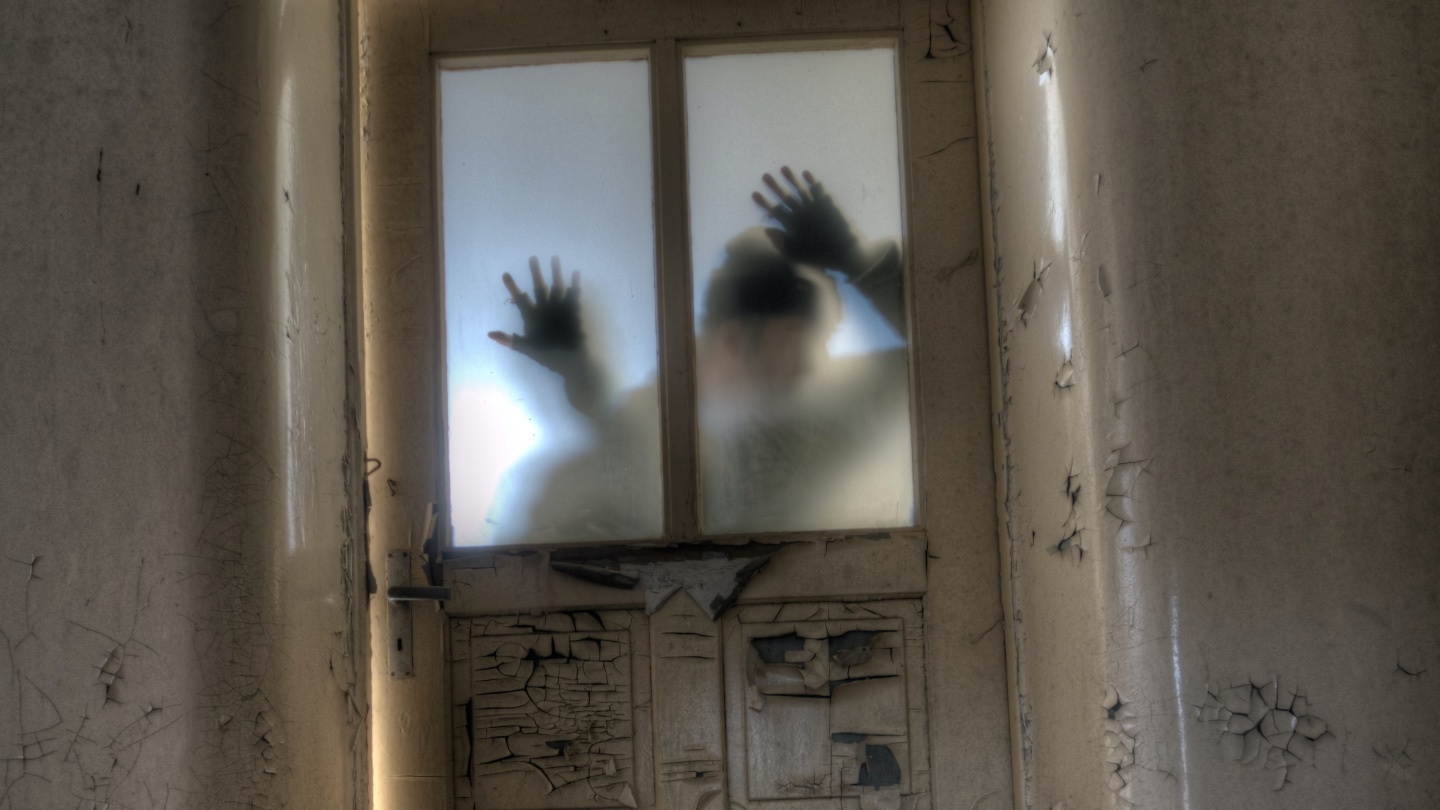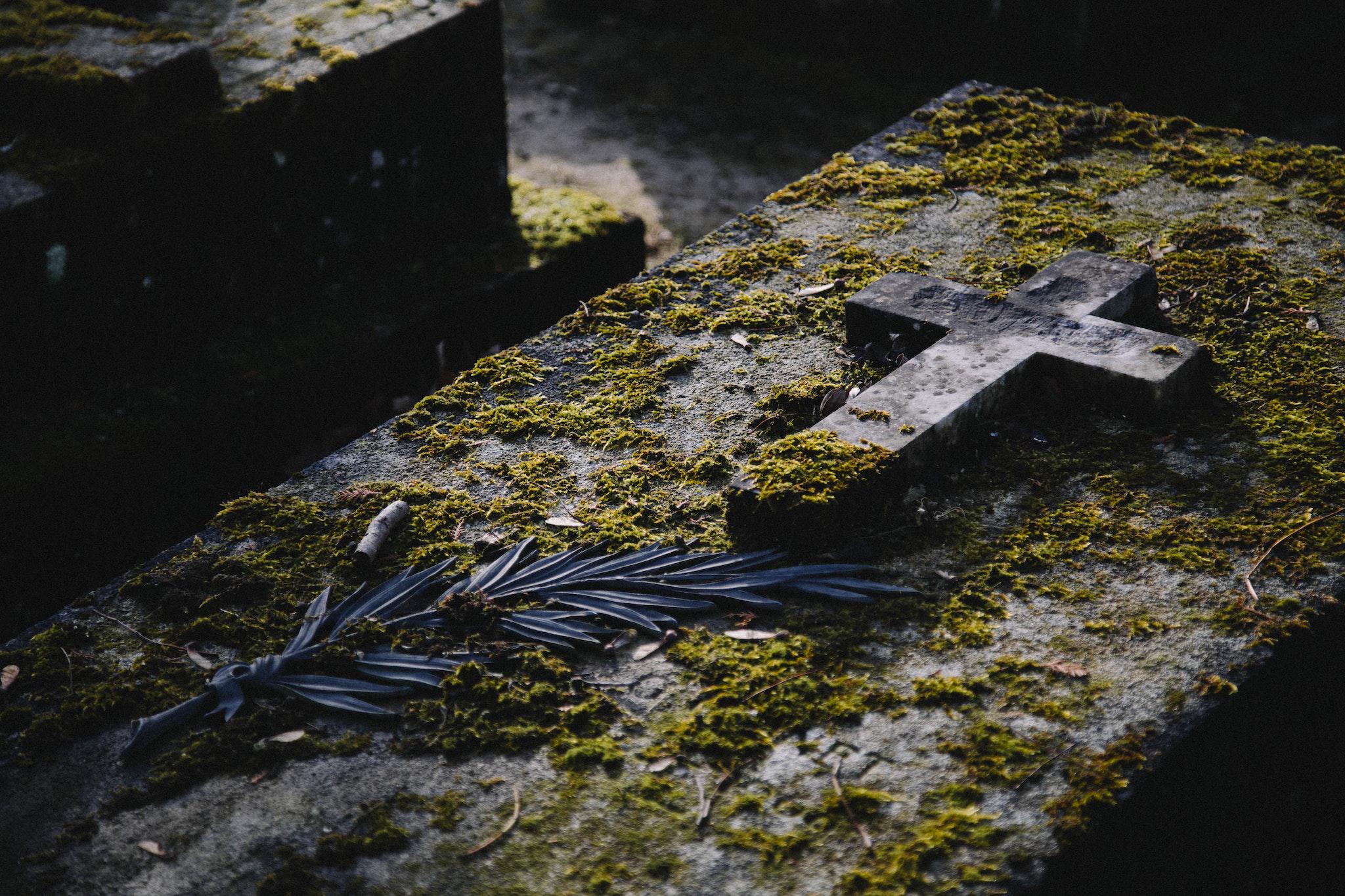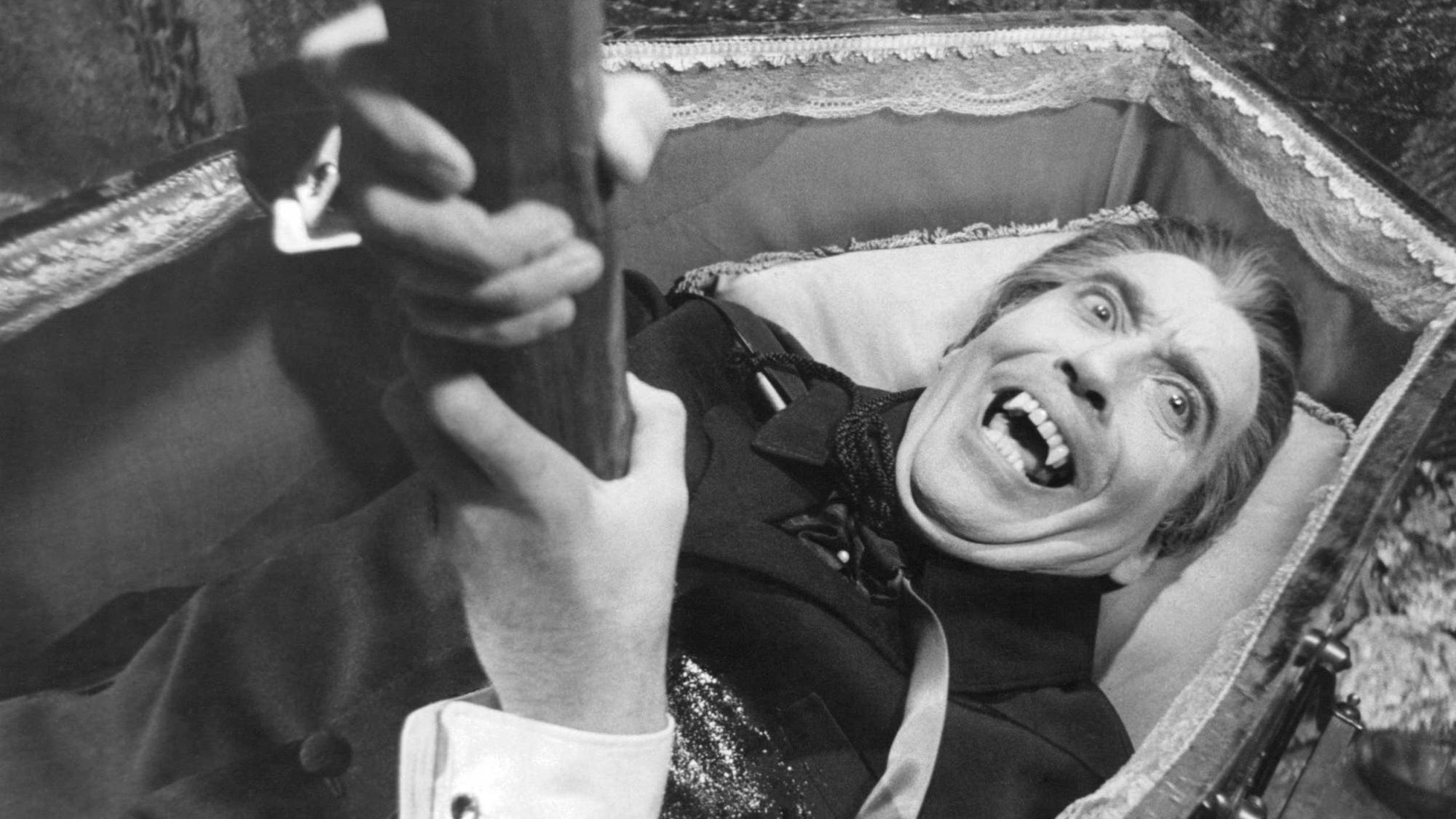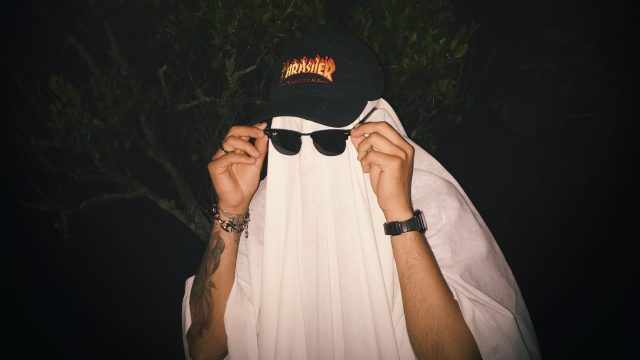Horror fiction: the unexpectedly ancient origins of ghost stories
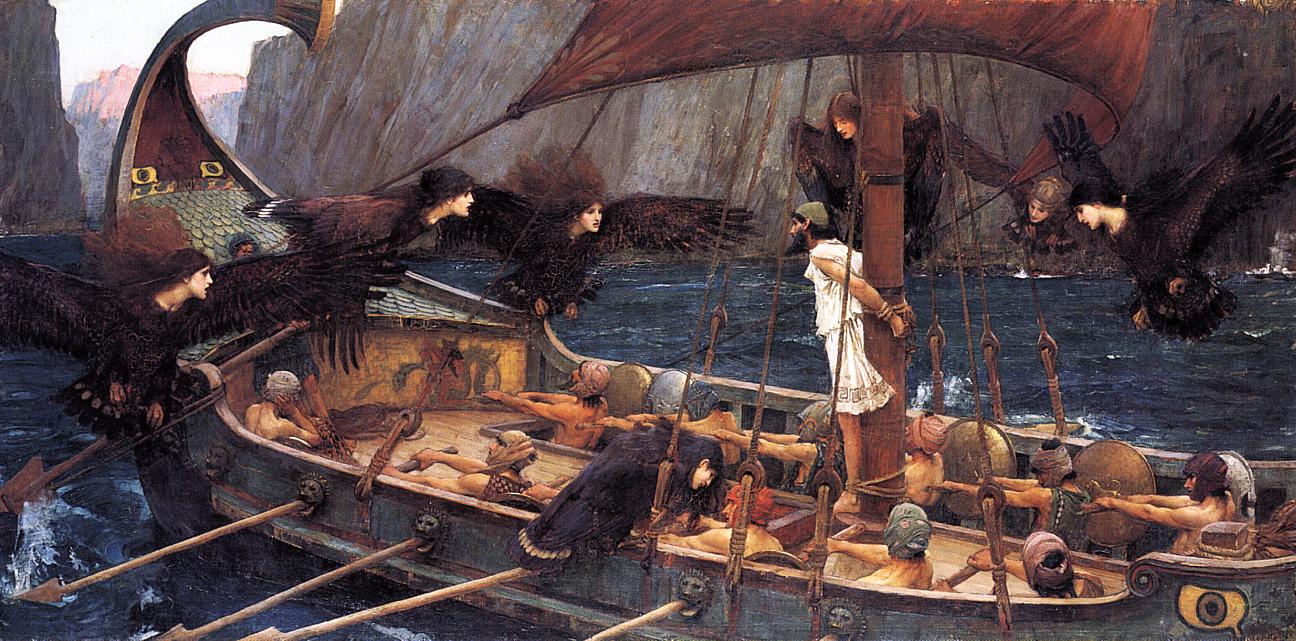
- Before horror movies stole the show, people relied on the written word to give themselves a good scare.
- Horror stories are as old as storytelling itself, their origins stretching all the way back to Greek antiquity.
- Over the centuries, horror fiction has reinvented itself many times over and often for the better.
As a literary genre, horror has long eluded definition from scholars. In the introduction to The Penguin Book of Horror Stories, dictionary writer J.A. Cuddon proves as much when he refers to the subject of his book as “a piece of fiction in prose of variable length which shocks, or even frightens the reader, or perhaps induces a feeling of repulsion or loathing.”
In his book, The Philosophy of Horror, the American thinker Noël Carroll describes horror as a story about an event or entity that contradicts our conventional understanding of the world. Although people initially experience this contradiction as deeply unsettling, Carroll argues horror can serve an intellectual purpose insofar as it draws attention to our false preconceptions and general lack of knowledge.
When researching the emergence of horror in world literature, other scholars draw a distinction between religious or folkloric texts and what they term “horror fiction.” Whereas the former used fear to conform and instruct, the latter used fear to thrill and entertain. Of course, both were heavily influenced by what different cultures across different times considered frightening.
Regardless of how you choose to define horror, though, one thing is certain. Before horror movies came along and stole the show, people relied on the written word to scare themselves. And many of the monstrosities that are now routinely featured on the big screen — including vampires, werewolves, zombies, demons and ghosts — can trace their origin back to medieval and even ancient times.
Horror fiction in Greek antiquity
Since fear often comes from superstition, it should come as no surprise ancient civilizations shared scary stories just as we do today. In a letter written sometime during the first century, the Roman author Pliny the Younger recounted a popular story of Athenodorus Cananites, a philosopher from Athens who bought an abandoned house because it was inexpensive, only to be haunted by the ghosts residing inside it.
When these types of stories were created is unclear. According to literary historian and author of The Supernatural in Fiction Peter Penzoldt, short stories with horror flavoring did not pop up until the Greco-Roman period. He points to the poet Petronius as an example. Petronius, who served in the court of Emperor Nero, is believed to have authored one of the oldest werewolf stories known to man.
Edmund Cueva, a classics scholar at the University of Houston-Downtown, looks back further still, to the fifth Epode of Horace. His studies indicate that contemporary audiences of this Greek poem, about a boy who is captured and killed by a group of fearsome witches, derived from its frightening subject a distinctly pleasurable experience not unlike the appeal of modern-day horror films.
In his monumental treatise Poetics, Aristotle defined tragedy as stories that derived their power specifically from an ability to elicit emotions of “pity and fear.” Using this interpretation, one readily perceives elements of horror in plays like Oedipus Rex, in which the titular King of Thebes stumbles upon a truth so terrifying to behold that it compels him to gouge out his own eyes.
Ghost stories from the Dark Ages
Compared to Antiquity, the Dark Ages not only saw a decrease in the creation of horror stories but stories in general. This is because, following the fall of the Roman Empire, literacy rates plummeted and societies became too fragmented for publishers to continue operation. Suddenly, reading and writing became skills reserved for the clergy, who busied themselves only with copying religious texts.
There were, of course, exceptions. In Dante Alighieri’s The Divine Comedy, an epic poem written during the 13th century, the author describes his fictional travels through the three sections of the Christian afterlife: Inferno, Purgatorio, and Paradiso. Inferno, which begins in a “dark forest” and ends in the frozen Lake Cocytus, leans heavily on themes of horror, disgust, and sadism.
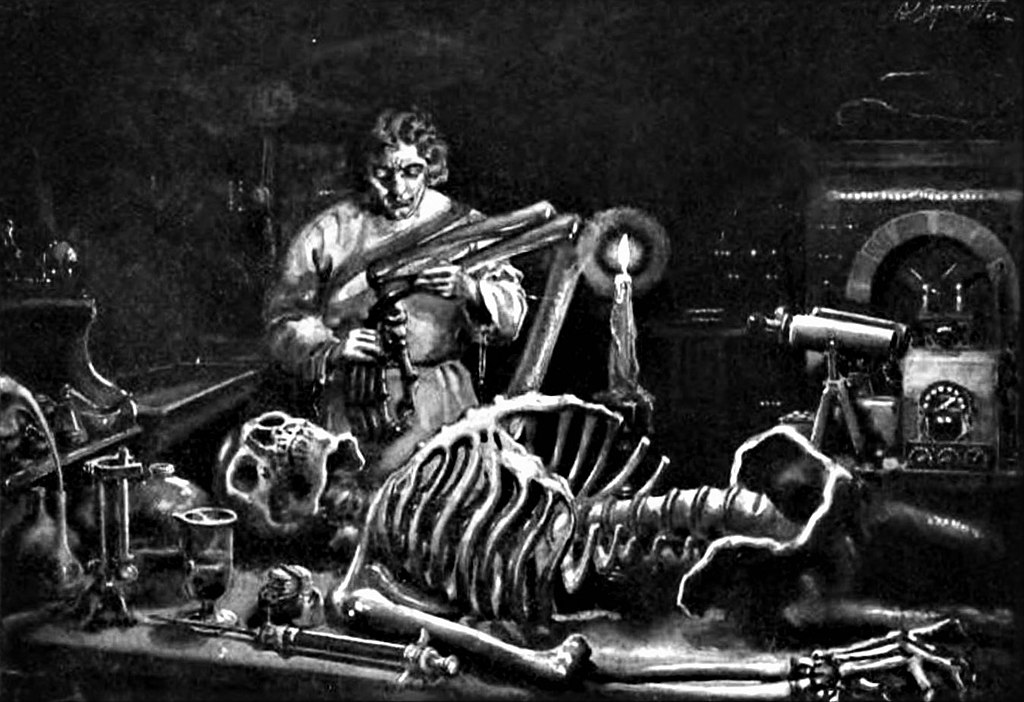
That’s not to say the horror genre disappeared entirely. Teaching a course on its history at the University of Michigan, Gina Brandolino showed how medieval narratives inspired many modern horror stories. She compares the Heorot mead-hall from Beowulf to a haunted mansion and identifies Julian of Norwich’s book The Shewings — about a girl possessed by the devil — as a precursor to The Exorcist.
Horror fiction from this period also seemed to have been based not on myths but real-life individuals. For instance, the concept of the blood-sucking vampire is believed to have taken shape in Germany and France shortly after the publication of political pamphlets describing war crimes from the Wallachian Prince Vlad III, otherwise known as Vlad the Impaler.
Gothic fiction and the sublime
The 18th and 19th centuries may have been the Golden Age of horror stories. Back then, short story writers in the U.S. and novelists in England gave shape to what we now know as Gothic fiction. This literary genre popularized many staples of modern horror, including spooky settings, an emphasis on mystery and suspense, and a liberal use of dreams and nightmares.
After decades of internal debate, the academic community was able to trace the birth of this elusive sub-genre back to The Castle of Otranto. This 1764 novel, written by the English author Horace Walpole, was also titled A Gothic Story and tells the story of a nobleman hellbent on securing a decrepit chateau for his heirs despite the dangers that seem to lurk there.
Some of the most influential horror stories of all time belong to this style and time period. These include Mary Shelley’s 1818 novel Frankenstein and Bram Stoker’s Dracula, which was published at the other end of the century. Like many Gothic writers, both Shelley and Stoker drew inspiration from the distant past: Shelley from the myth of Prometheus; Stoker, from Vlad Dracul the Impaler.
Perhaps more than any other literary movement, Gothic authors understood the power of the sublime — a concept in philosophy that refers to the feeling we get when an unknowable yet insurmountable force of nature makes us conscious of our own mortality and, in the process, reminds us we should be grateful for what we have. Add that to the list of things that good horror fiction can accomplish.

